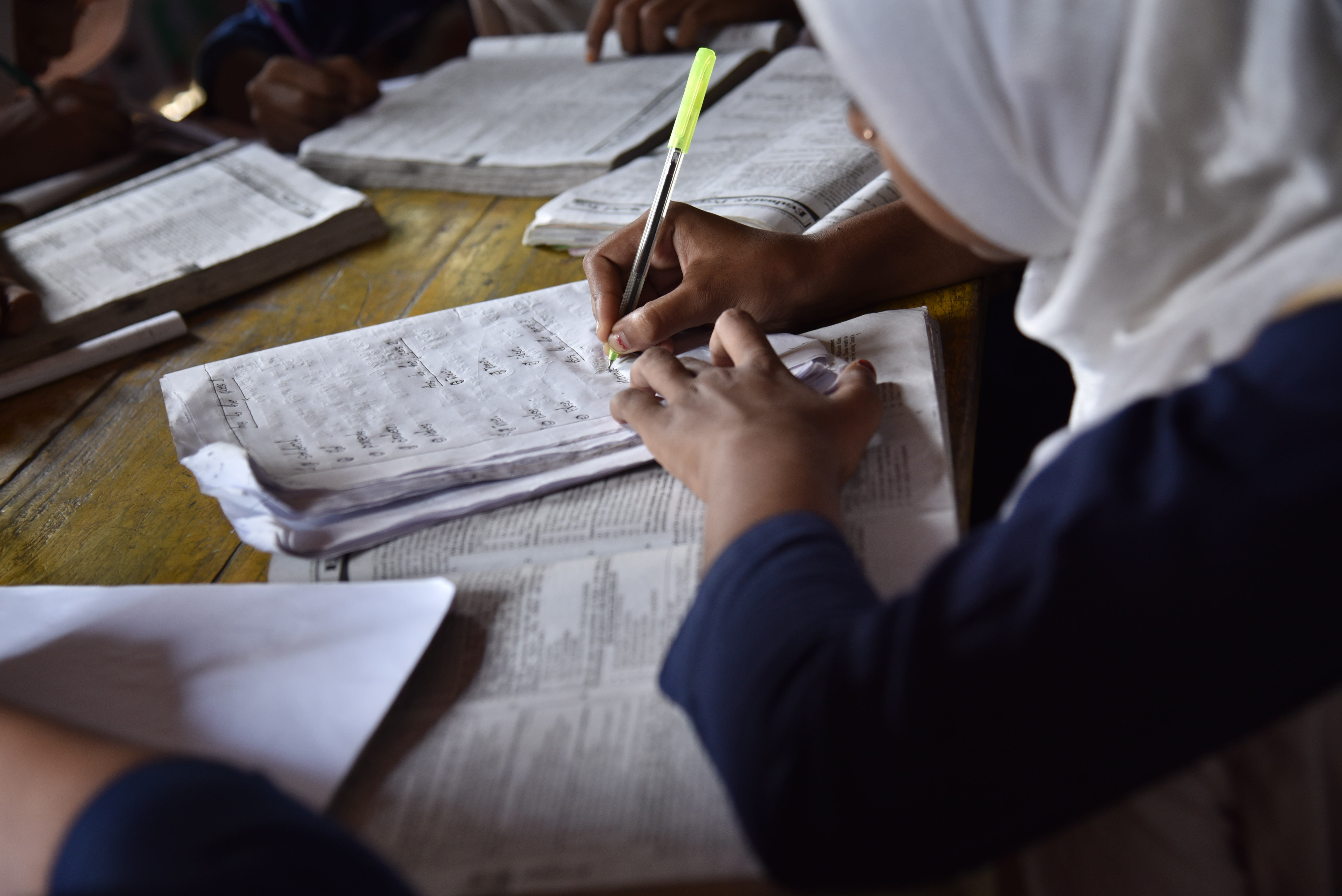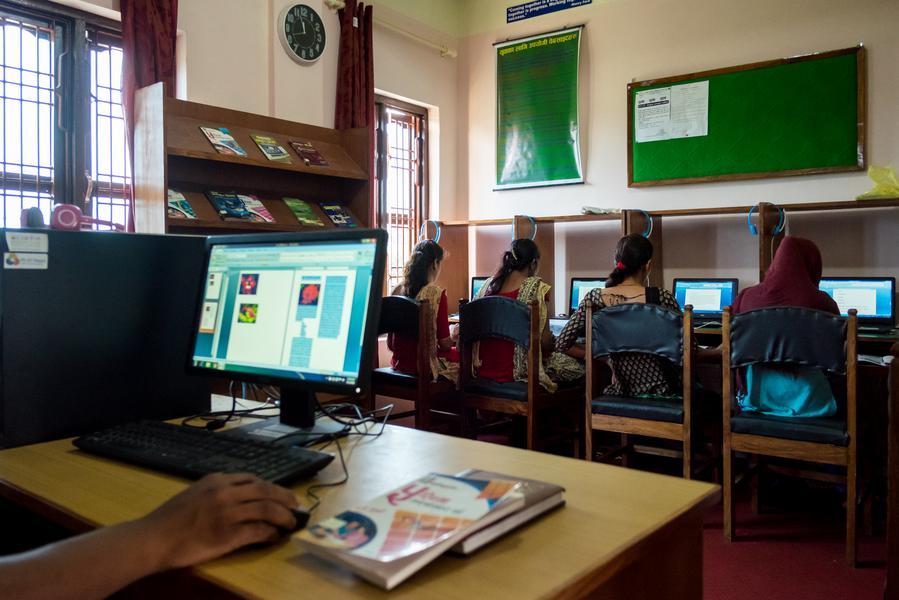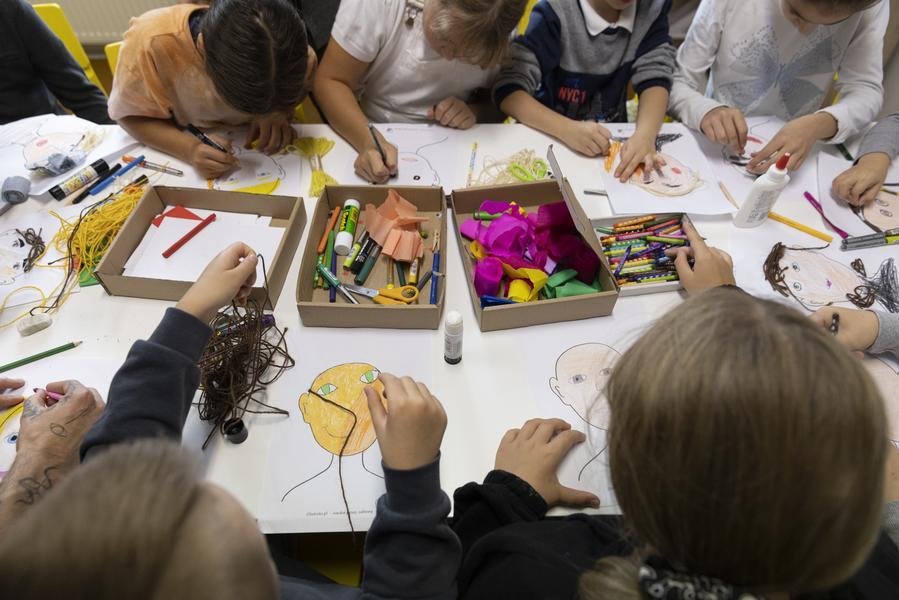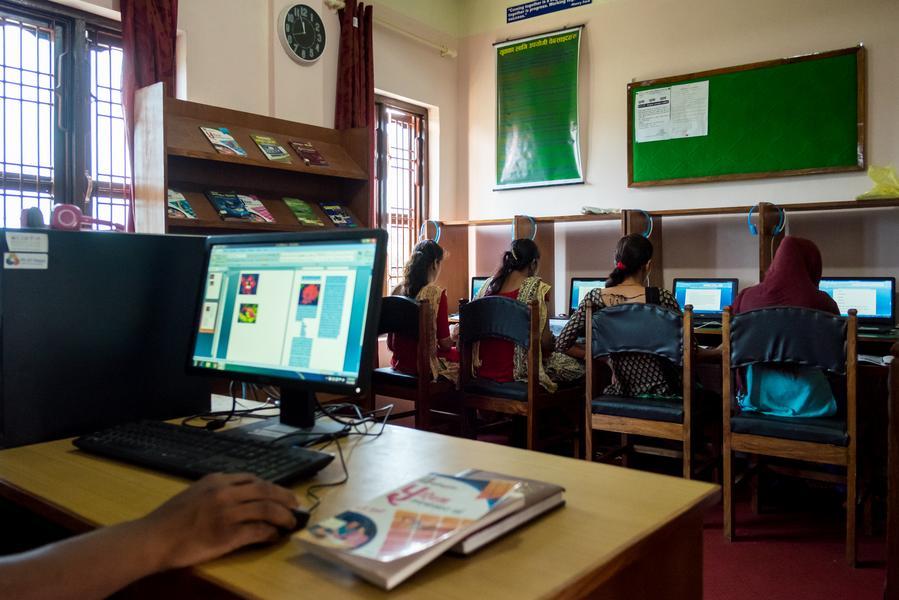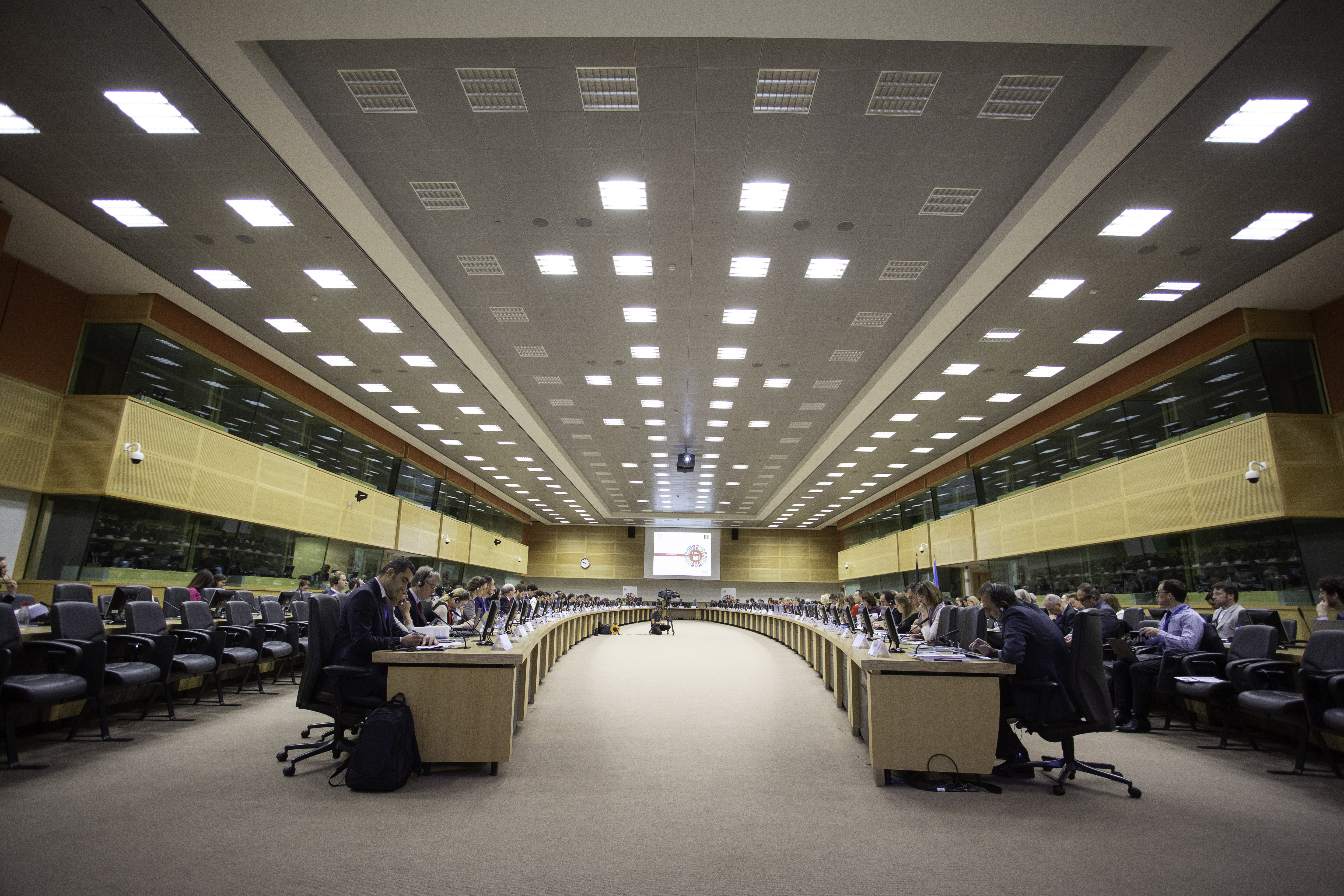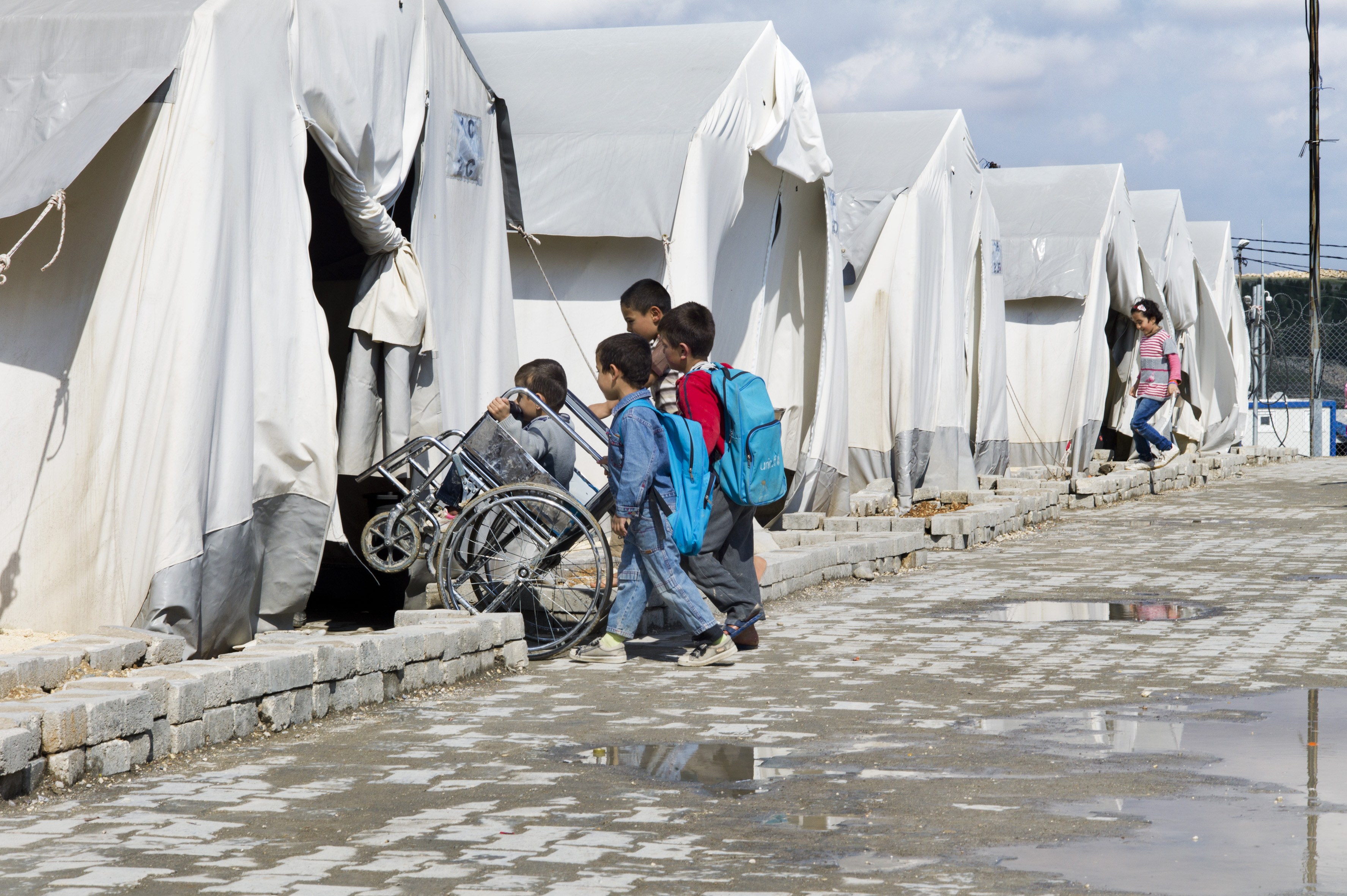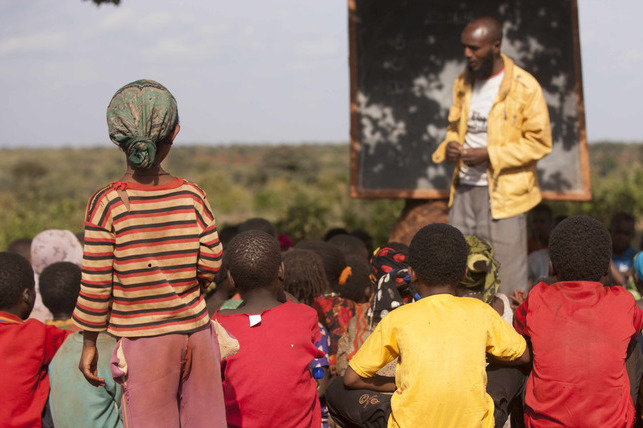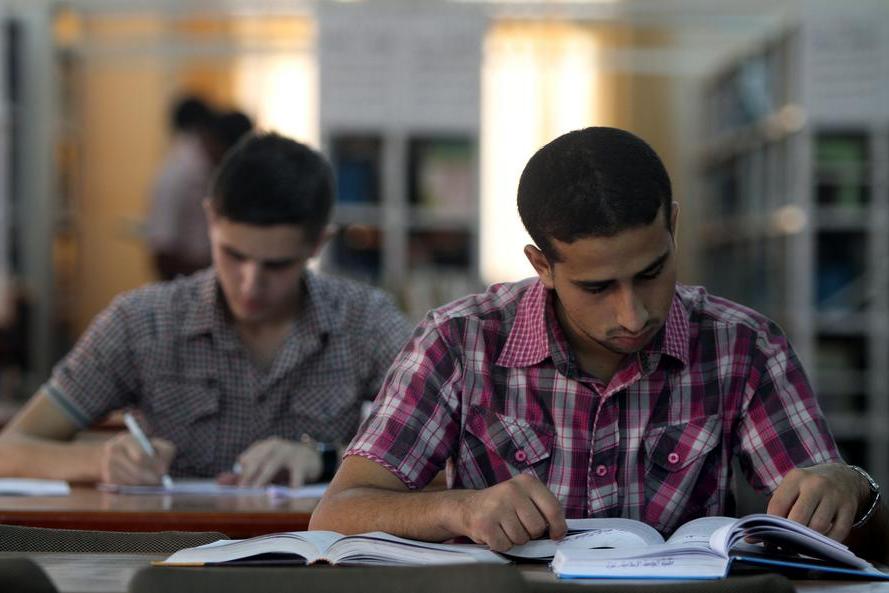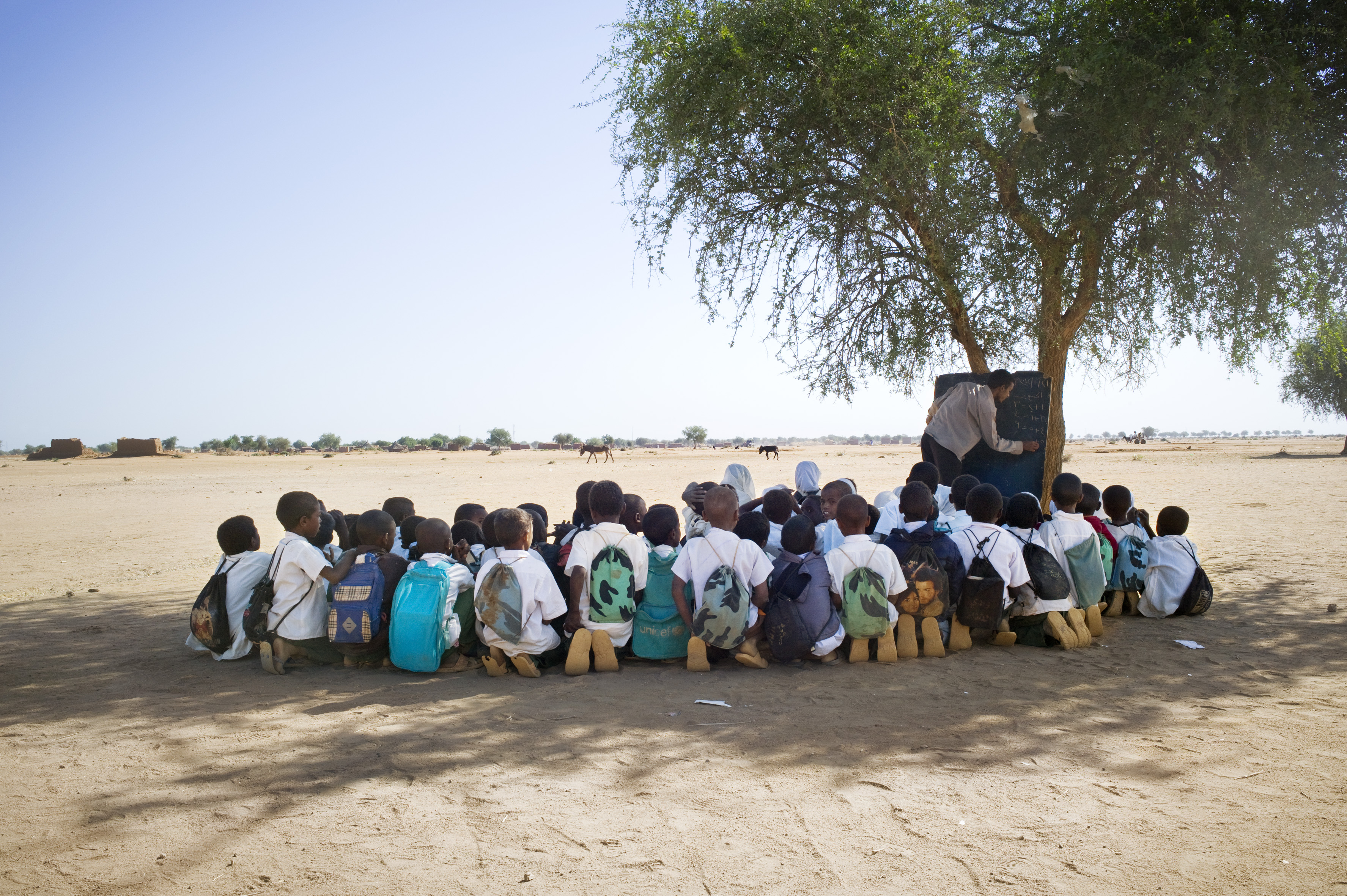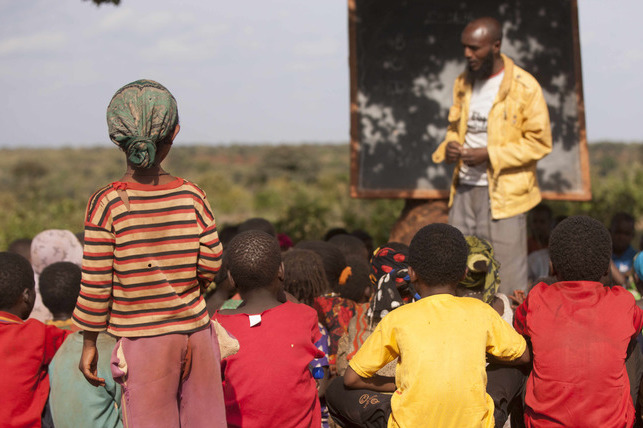
Policies
UNHCR-EAC Programme 2020–2023 - Educate A Child: Enabling, Encouraging & Excelling
Context and Issue:
The global refugee crisis has led to a staggering number of displaced individuals, with over 20.4 million refugees under the UNHCR's mandate in 2018, a significant portion of whom are children. Despite efforts to address education disparities, approximately 3.7 million refugee children remain out of school, highlighting persistent challenges in accessing quality education for displaced populations. Refugee children face unique barriers to education, including limited resources, inadequate infrastructure, and disruptions caused by conflict and displacement.
Solution
To tackle the issue of education access for displaced children, the EAC-UNHCR Programme 2020 – 2022 was implemented across 16 operations in 14 countries. The program aimed to provide quality primary education to out-of-school refugee and internally displaced children, focusing on improving access, enhancing teaching resources, engaging stakeholders, and implementing child protection measures through sports-based activities. Through these efforts, the program addressed the multifaceted challenges displaced children face in accessing education.
Impact:
Despite facing challenges such as lengthy school closures due to the COVID-19 pandemic, the program successfully enrolled out-of-school children. With a target of 364,857 children, the program enrolled 419,815 children. This achievement highlights the program's effectiveness in reaching vulnerable populations and providing them with access to education. Country operations utilized community-led campaigns, door-to-door outreach, and teacher support initiatives to ensure continuity of learning, demonstrating adaptability and resilience in the face of adversity.
Analysis
The EAC-UNHCR Programme's success in enrolling many out-of-school children demonstrates the critical importance of targeted interventions in addressing education disparities among displaced populations. Despite the challenges posed by the COVID-19 pandemic, the program's ability to adapt and innovate illustrates its effectiveness in overcoming obstacles and reaching vulnerable children. Moving forward, sustained efforts and continued collaboration between humanitarian organizations, governments, and local communities will be essential in ensuring displaced children have access to quality education and the opportunity to build better futures.

